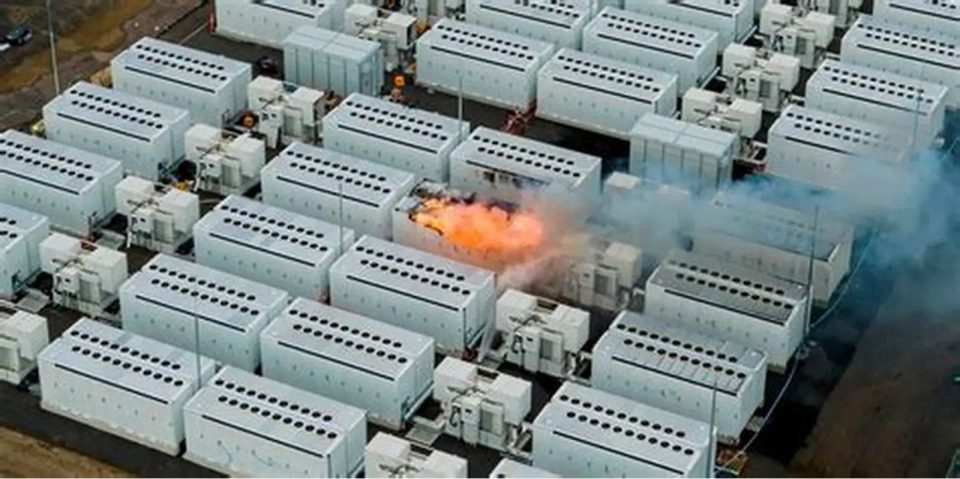How AERMOD-Based Plume Analysis Enhances Safety in Battery Energy Storage Systems (BESS)
Introduction
As Battery Energy Storage Systems (BESS) become central to the global energy transition, safety and environmental concerns take center stage – especially during thermal runaway incidents. These events can release a complex mix of toxic gases and particulates into the air. This is where plume modelling, particularly using AERMOD, becomes critical for proactive risk assessment and response planning.
The BESS Failure Risk: What Are We Dealing With?
In the event of a fire or thermal incident, BESS units can emit:
- Hydrogen Fluoride (HF)
- Carbon Monoxide (CO)
- Hydrogen Chloride (HCl)
- Volatile Organic Compounds (VOCs)
- Fine and coarse particulate matter (PM2.5, PM10)
- High-temperature smoke plumes that rise and spread unpredictably
These emissions pose serious health risks to first responders, nearby communities, and workers.

Why Plume Modelling Is Non-Negotiable
Effective plume analysis helps:
- Quantify toxic emissions during thermal events
- Model pollutant dispersion using atmospheric and source data
- Predict exposure risks at site boundaries and public zones
- Design emergency response strategies, including evacuation and shelter-in-place
- Ensure compliance with air quality standards (e.g., NAAQS, HAPs)
- Inform ventilation and safety design in enclosed or urban settings
- Enhance public and stakeholder trust through transparent modelling data
The Plume Analysis Workflow
- Desktop Study & Data Review
- Meteorological data (1–5 years)
- Spill history, land use, thermal events
- Fire suppressant use (e.g., PFAS foams)
- Hazard & Source Term Definition
- Data from UL 9540A or OEMs
- Emission rates, gas types
- Temperature, release height, exit velocity
- Air Dispersion Modelling
- Tools used: AERMOD, PHAST, SAFETI
- Simulations for multiple weather and seasonal conditions
- Receptor Grid & Impact Analysis
- Ground-level concentration measured at:
- Site boundaries
- Public access points
- Sensitive receptors (schools, hospitals)
- Recommendations
- Optimized ventilation layouts
- Emergency protocols and signage
- Community alert systems
- Compliance documentation for EIAs and permits
Looking Forward: AERMOD as a Safety Standard
As energy storage projects scale globally, plume modelling must become a standard practice. From design validation to emergency preparedness, tools like AERMOD ensure that clean energy adoption doesn’t compromise on human or environmental safety.
Need Plume Analysis Support?
Our Environmental Engineering team offers turnkey plume modelling services for BESS, industrial facilities, and solar-hybrid projects.
Get in touch to integrate safety at the design stage.
